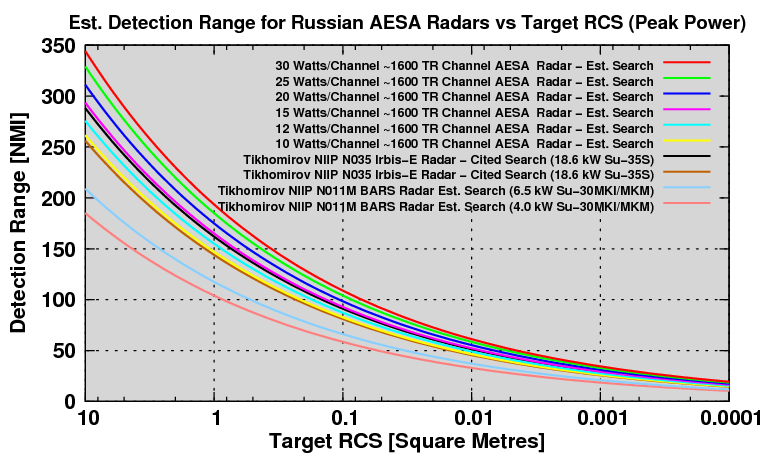sardar1987
BANNED

- Joined
- Aug 20, 2013
- Messages
- 627
- Reaction score
- 0
People lets make a constructive debate on the subsystems of our su-30 mki including its rwr,maws,ols,laser rangefinder,radar etc
engine= 2 х AL-31F
Thrust= kgf 2 х 12500
KNAAZ*- Production - Su-30MK2
Saturn AL-31 - Wikipedia, the free encyclopedia
comments-very old engine and very less service life requiring frequent overhauls
no fadec
armament-
The Su-30MK2 weapon suite includes the built-in GSh-301 30-mm automatic single-barrel high-rate-of-fire cannon with ammunition load of 150 rounds, missiles, rockets and bombs mounted externally on 12 hardpoints under wings and fuselage.
The air-to-air weapon suite includes medium-range missiles of the R-27 type – R-27T1, R-27ET1 heat-seeking missiles, R-27R1, R-27ER1 semi-active radar-homing missiles, R-27P1 and R-27EP1 missiles; RVV-AE medium-range active radar-homing missiles; and R-73E short-range heat-seeking missiles.
The Su-30MK2 fighter has wide range of guided and unguided weapons used to destroy surface targets.
The air-to-surface guided weapon of the Su-30MK2 fighter consists of the Kh-59ME, Kh-35E and Kh-59MK missiles; the Kh-31A medium-range high-speed anti-ship active radar-homing missiles; the Kh-31P medium-range antiradar passive radar-homing missiles; Kh-29T, Kh-29TE TV-homing missiles or Kh-29L laser-homing short-range missiles; KAB-1500Kr TV-homing bomb and KAB-500Kr (KAB-500-OD) guided bombs.
The unguided air-to-surface weapons include bombs of 500-kg, 250-kg, and 100-kg caliber, cluster bombs, incendiary tanks, and S-8, S-13, and S-25-OFM rockets as well.
WEAPONS SIMULATION:

KNAAZ*- Production - Su-30MK2
cockpit-


external impression-with some details

Radar----NIIP NO11 BARS HYBRID PESA



COMPARISON WITH OTHER RUSSIAN RADARS



engine= 2 х AL-31F
Thrust= kgf 2 х 12500
KNAAZ*- Production - Su-30MK2
Saturn AL-31 - Wikipedia, the free encyclopedia
comments-very old engine and very less service life requiring frequent overhauls
no fadec
armament-
The Su-30MK2 weapon suite includes the built-in GSh-301 30-mm automatic single-barrel high-rate-of-fire cannon with ammunition load of 150 rounds, missiles, rockets and bombs mounted externally on 12 hardpoints under wings and fuselage.
The air-to-air weapon suite includes medium-range missiles of the R-27 type – R-27T1, R-27ET1 heat-seeking missiles, R-27R1, R-27ER1 semi-active radar-homing missiles, R-27P1 and R-27EP1 missiles; RVV-AE medium-range active radar-homing missiles; and R-73E short-range heat-seeking missiles.
The Su-30MK2 fighter has wide range of guided and unguided weapons used to destroy surface targets.
The air-to-surface guided weapon of the Su-30MK2 fighter consists of the Kh-59ME, Kh-35E and Kh-59MK missiles; the Kh-31A medium-range high-speed anti-ship active radar-homing missiles; the Kh-31P medium-range antiradar passive radar-homing missiles; Kh-29T, Kh-29TE TV-homing missiles or Kh-29L laser-homing short-range missiles; KAB-1500Kr TV-homing bomb and KAB-500Kr (KAB-500-OD) guided bombs.
The unguided air-to-surface weapons include bombs of 500-kg, 250-kg, and 100-kg caliber, cluster bombs, incendiary tanks, and S-8, S-13, and S-25-OFM rockets as well.
WEAPONS SIMULATION:

KNAAZ*- Production - Su-30MK2
cockpit-


external impression-with some details

Radar----NIIP NO11 BARS HYBRID PESA



COMPARISON WITH OTHER RUSSIAN RADARS
























